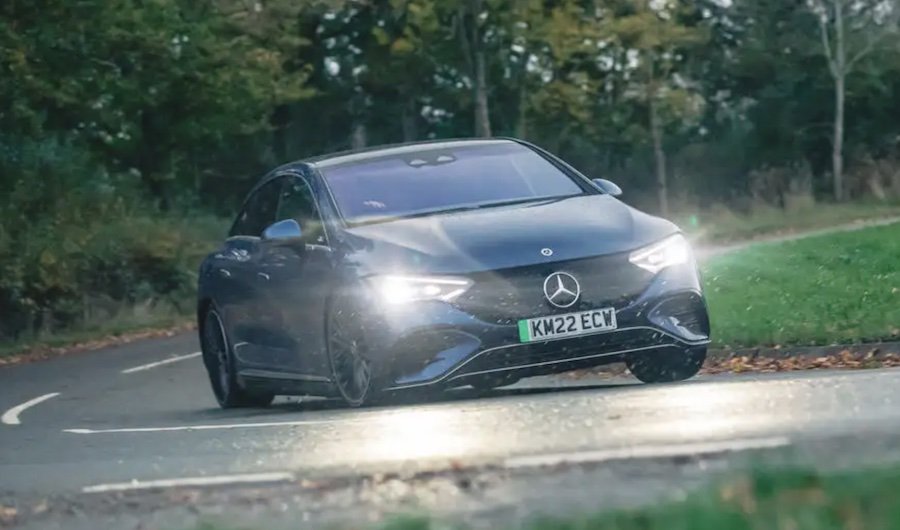Mercedes-Benz EQE, EQS and EQS SUV given range boost

The dual-motor versions of the Mercedes-Benz EQE, Mercedes-Benz EQS and Mercedes-Benz EQS SUV have gained lightly revised drivetrains and other modifications to improve their overall ranges.
At the centre of the changes planned for the trio of EVs is the Disconnect Unit (DCU), which allows the front electric motor to be decoupled in certain driving situations.
Already used by the EQE SUV, the DCU operates automatically. At low throttle loads, it switches the drivetrain into a 4x2 mode, in which the front motor and gearbox are idled and disconnected from the drive process. As a result, drag losses are reduced, which in turn is claimed to lead to a greater range.
Also planned by Mercedes-Benz is the introduction of a heat pump as standard for the EQE, EQS and EQS SUV. Again, this is already standard on the EQE SUV as part of what Mercedes calls its Intelligent Thermal Management (ITM) system.
The heat pump is claimed to increase the range in cooler real-world driving conditions, owing to its more efficient operation than traditional air-conditioning systems.
Autocar understands the introduction of the DCU and heat pump in the EQE, EQS and EQS SUV is likely to take place on models produced from July onwards. However, official confirmation of the changes and figures for the increase in range in each model is yet to be made official.
The difference in the maximum WLTP range between the 326bhp, single-motor EQS 450+ and the 355bhp, dual-motor EQS 450 4Matic is currently 54 miles (between 433 and 487).
Both models receive a 108.4kWh lithium ion battery, but the EQS 450+ is more efficient, with energy consumption of between 3.14 and 3.98mpkWh compared with between 2.92 and 3.53mpkWh for the EQS 450 4Matic.
In another change, Mercedes plans to update the EQS 580 4Matic with the same-specification drivetrain as that used by the newer EQS 580 4Matic SUV, with power set to increase by 20bhp, from 517bhp to 537bhp.
Related News
